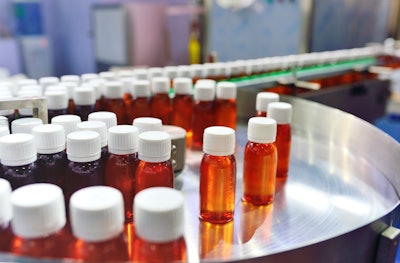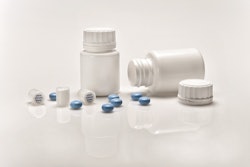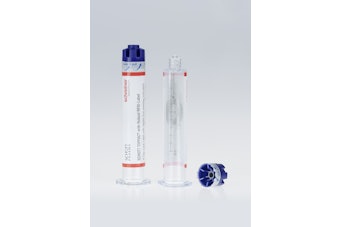
The total number of U.S. pharmaceutical sales that went to market through pharmaceutical distributors increased to nearly 95.7% in 2016 (nearly two percentage points over the previous year), according to a new report published by the HDA Research Foundation. The Foundation released this new statistic in its 88th Edition HDA Factbook: The Facts, Figures and Trends in Healthcare (2017-2018).
Of the total number of products distributed by pharmaceutical distributors, 98% were prescription drugs, while 2% were non-prescription health products (including over-the-counter medicines, health and personal care, general merchandise, medical equipment and home healthcare items). This year’s Factbook reported that in 2016, on average, primary pharmaceutical distributors handled more than 5,100 orders each day, with a raw order fill rate of 95.3%.
“The 2017 Factbook highlights the outside forces that are shaping the pharmaceutical distribution industry, from continued consolidation to upcoming Drug Supply Chain Security Act (DSCSA) implementation milestones. It continues to provide important metrics to help industry experts and supply chain executives analyze the pharmaceutical supply chain performance,” says Perry Fri, Executive Vice President of Industry Relations, Membership and Education, HDA; and COO of the HDA Research Foundation.
Primary data for the HDA Factbook were collected through a survey of HDA-member distributor companies (reported at the corporate level with annual sales greater than $1 billion), along with secondary data from contributing healthcare and governmental organizations. The book includes detailed information on distributor demographics and characteristics, financials, information systems, distributor operations, the products managed by the supply chain, distributor customers, overall healthcare market characteristics and international healthcare trends.
Additional details noted in this edition of theFactbook include the following:
• Pharmaceutical sales for the top 20 therapeutic classes increased to 81.1%. The diabetes therapy classes had the most sales, growing by 17.3% since 2015, while oncology products were second, growing 16%.
• In 2016, the total number of SKUs that distributors held in inventory was nearly 55,000 on average. This represents a 5% increase from 2015. Of that, nearly 31,000 were non-prescription health products, which includes non-prescription drugs, health and personal care, general merchandise, durable medical equipment and home healthcare.
• Chain drug stores remain the largest customer segment for distributors, now representing nearly 30% of all sales. Dollar sales to independent drug stores decreased by 1.1%, while sales to hospitals and HMOs increased by 1.3%.
• 71.2% of distributors used automated picking methods. Meanwhile, distributors are continuing to invest in information technologies, which comprise 56% of total capital expenditures (up from 20% in the previous years). This increase may be attributed the next phase of DSCSA implementation and enhancements distributors are making to their web-based ordering systems for their customers.
• Total annual costs associated with the returns process have increased since 2015, and now average $4.7 million per company.
The 88th Edition HDA Factbook: The Facts, Figures and Trends in Healthcare (2017-2018) is available for a complimentary download through the HDA website.
The HDA Research Foundation is the 501(c)(3) non-profit charitable organization of the Healthcare Distribution Alliance (HDA). The Foundation serves the healthcare industry by providing research and education focused on healthcare supply chain issues. The Foundation’s mission is to conduct research and disseminate information that will enhance the knowledge base, efficiency and effectiveness of the total healthcare supply chain; and to provide thought leadership to further enhance the safety and security of the healthcare supply chain through future-focused study and programming.
The Healthcare Distribution Alliance (HDA) represents primary pharmaceutical distributors — the vital link between the nation’s pharmaceutical manufacturers and more than 200,000 pharmacies, hospitals, long-term care facilities, clinics and others nationwide. Since 1876, HDA has helped members navigate regulations and innovations to get the right medicines to the right patients at the right time, safely and efficiently. The HDA Research Foundation, HDA’s non-profit charitable foundation, serves the healthcare industry by providing research and education focused on priority healthcare supply chain issues.






















